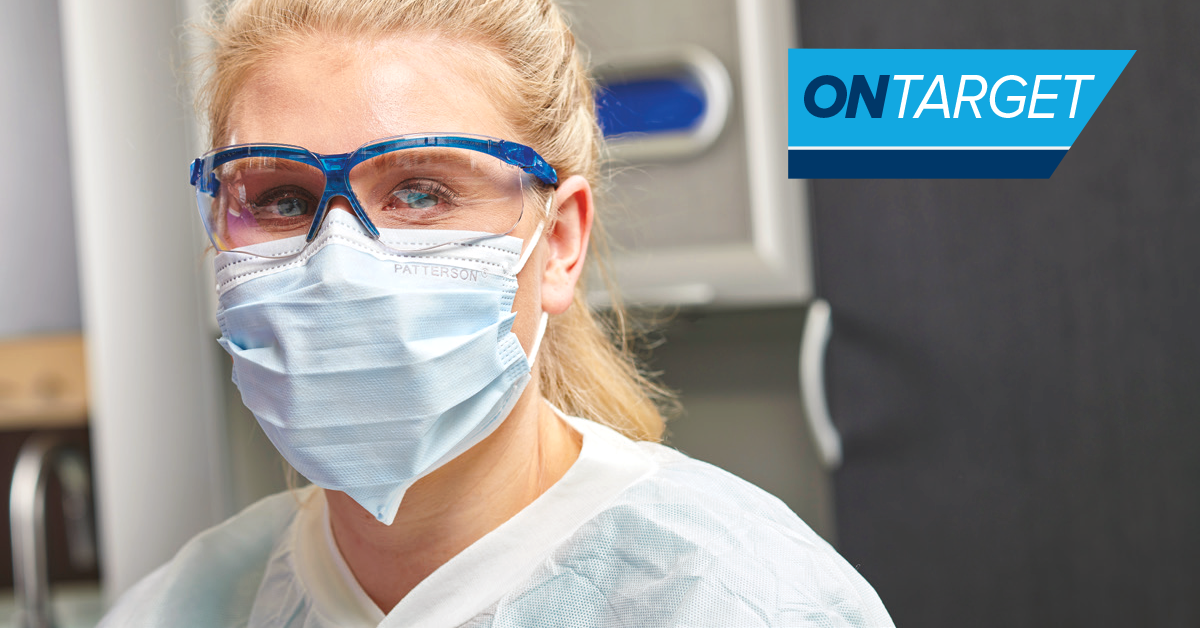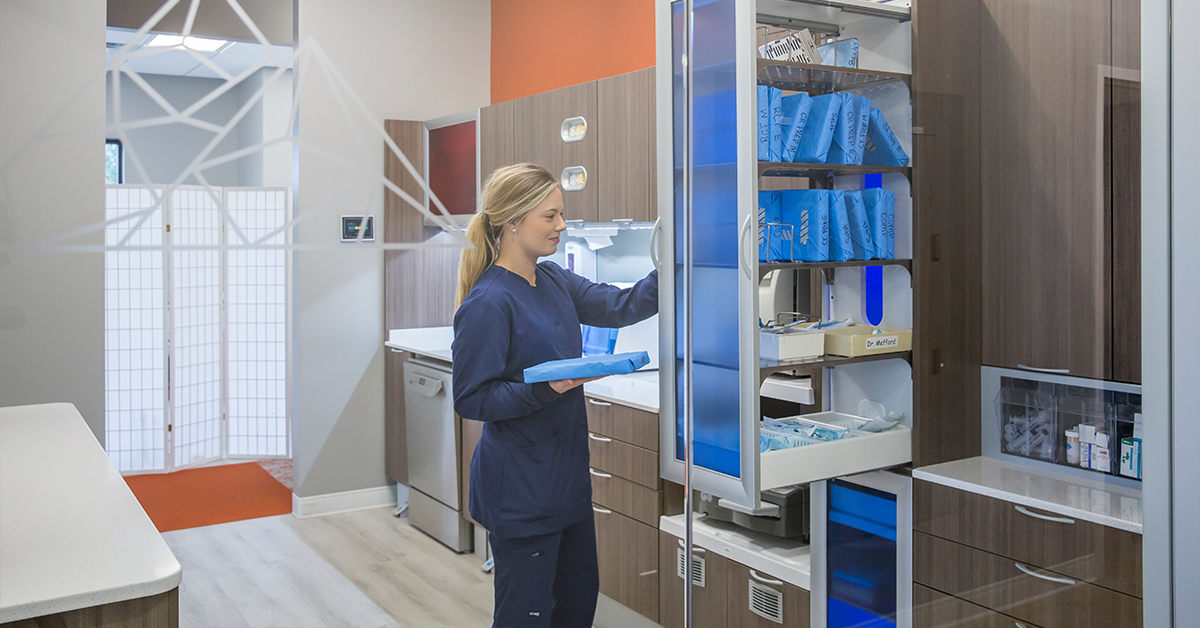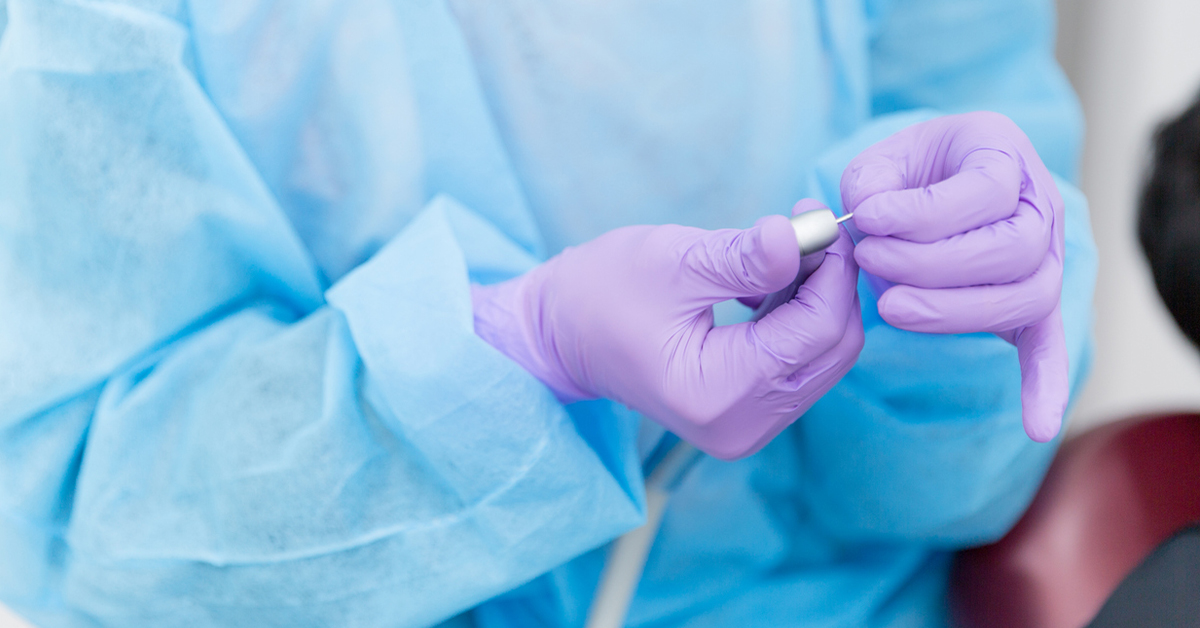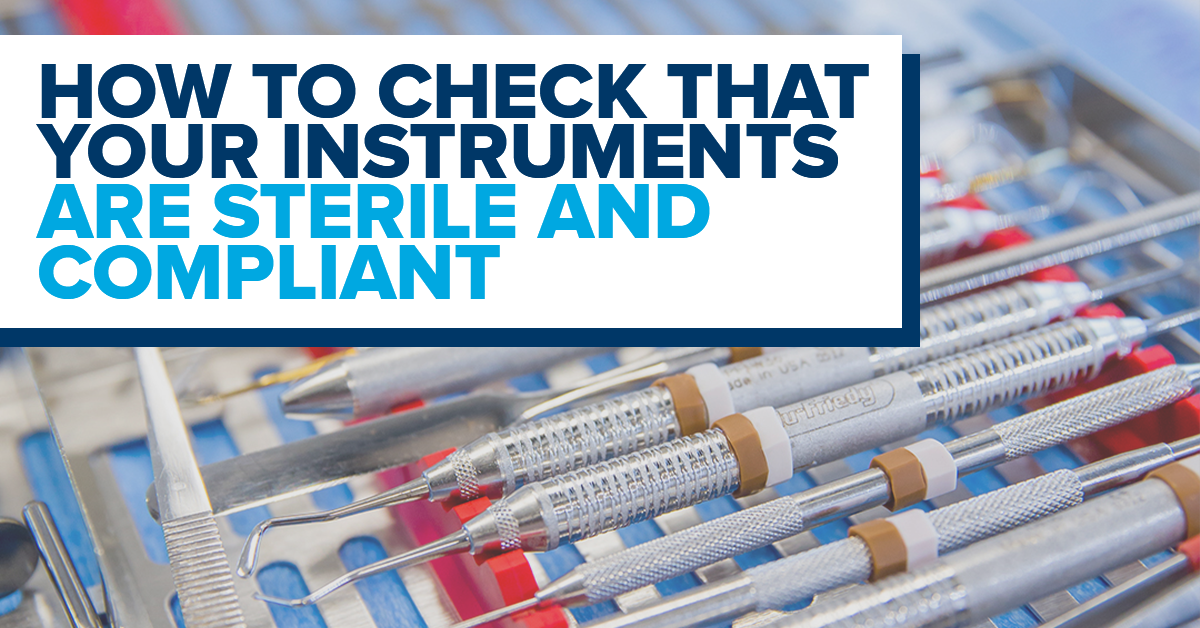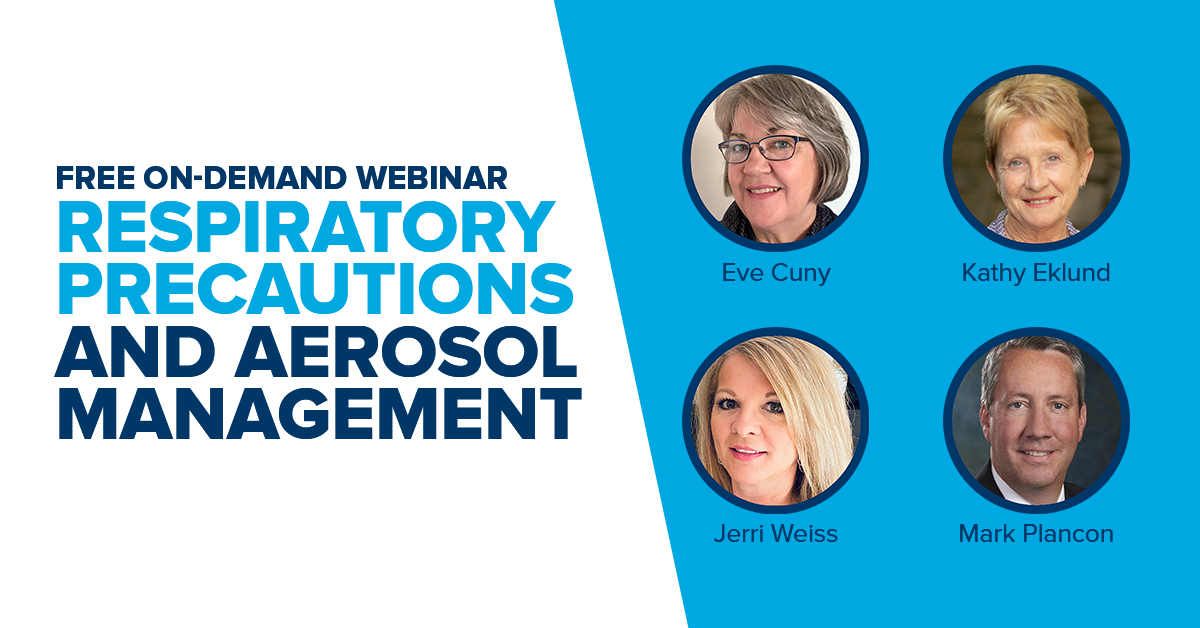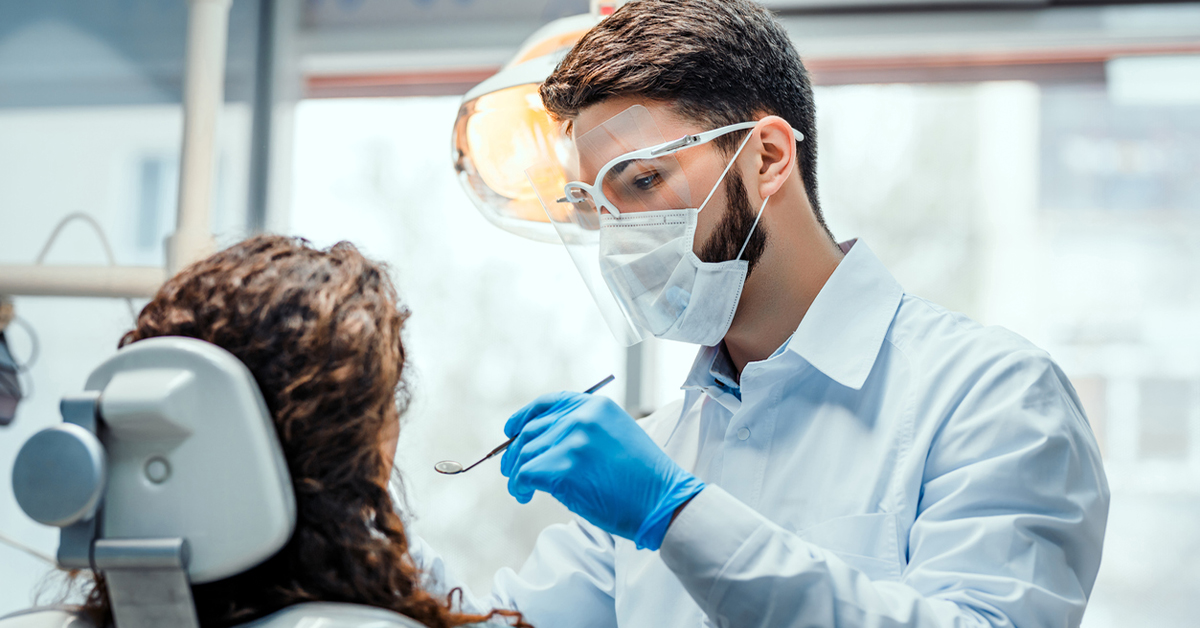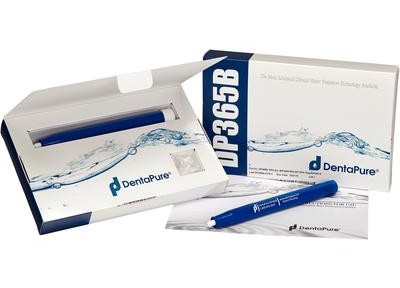Proper hand hygiene is the most important step dental practices can take in the name of infection control and prevention. For Global Handwashing Day, we examine the history, challenges and best practices for hand hygiene in the dental setting.
A look back at COVID-19: Lessons learned from the height of the pandemic
Although COVID-19 still poses threats, much of what dental practices put in place during the early days of the pandemic continue to demonstrate important lessons about infection control and prevention, issues that have become paramount and will continue to be critical moving forward.
The importance of safe dental instrument processing
Proper instrument processing not only extends the lifespan of your valuable investments but also helps ensure the safety of your patients and staff.
Creating a culture of safety at your dental practice
A team commitment to infection prevention ensures the health, safety and satisfaction of your patients and staff while protecting your practice from costly repercussions.
Combating cross-contamination in the dental setting
Maintaining a safe, infection-free practice means avoiding cross-contamination whenever possible. Here are some best practices for proper hand hygiene, instrument processing and surface asepsis prevention.
Extending the life of a dental handpiece: Maintenance tips and more
Ensuring proper dental handpiece maintenance is important for maximizing performance and in extending the life of these important tools. Here are some tips and best practices to extend the life of dental handpieces.
Influx of Inferior Nitrile Gloves in the Market: Factors and Risks
The rapid increase in demand of gloves spurred by the pandemic has created a challenge to provide quality hand protection. Glove manufacturers are increasing capacity, but much of the new supply coming online is of substandard quality, driven by two primary factors: inexperienced new entrants and low-grade raw material. Here’s what you need to know.
Linda Harvey: 3 Common Misperceptions on OSHA’s Emergency Temporary Standard (ETS)
Compliance consultant Linda Harvey shares three common misperceptions regarding OSHA’s recently issued ETS for protecting health care workers from the coronavirus.
5 Ways GreenLight Dental Compliance Center by Hu-Friedy Can Benefit Your Practice
GreenLight is a comprehensive, all-in-one resource to proactively prepare and maintain best practices and compliant protocols for infection prevention. Here are five ways it can benefit your practice.
Dental Unit Waterline and Evacuation System Safety
Dental unit waterlines (DUWLs) and evacuation systems are an invaluable asset in the dental operatory. But evacuation lines can become a source of cross-contamination because they serve as ideal breeding grounds for biofilm. To ensure safe DUWL use, dental professionals must adopt a three-pronged approach to battle biofilm at its source.
10 Steps to Promote a Culture of Patient Safety
While patient safety has long been paramount to modern dentistry, the newest challenges posed by COVID-19 have inspired many practices to review their policies and procedures. To help promote patient safety, the American Academy of Pediatric Dentistry (AAPD) has created a list of recommendations.
Linda Harvey: 5 Common Denominators of Compliance [VIDEO]
Compliance is a critical aspect of any successful dental practice. As such, it’s important to stay on top of current standards, laws and guidelines to safeguard your dental practice and patients. Here are five common denominators of compliance every practice should consider.
Cheat Sheet: Making PPE More Comfortable
Wearing PPE is one of the most tangible ways healthcare workers can protect themselves from increased risks of COVID-19 infection. But due to the extended use and extra precautions taken, PPE can become uncomfortable.
Dentistry and COVID-19: The New Normal Is Here
Given our still-developing understanding of the coronavirus, it is clear changes to our daily life are here to stay. What we are experiencing is “the new normal.” For practices and patients to thrive, we must learn to accept and adapt.
Oral Health Professionals: Meeting the Risks of COVID-19
After the initial outbreak of COVID-19 shut down almost 200,000 dental practices in the United States in early 2020, the industry needed to quickly develop an effective response that would not only allow practices to reopen safely but also ensure that patients could access the oral care they needed.
Proper Hand Hygiene in the Age of COVID-19
Hand washing, though it may seem simplistic during a pandemic, can actually be the most effective way of preventing the spread of germs, including those that cause COVID-19. As dental practices navigate the recent challenges related to COVID-19 and work to implement strategies to protect patients and staff, a closer look at hand hygiene may prove helpful.
Dentistry Beyond 2020: Looking Forward to the Future
To say that 2020 was a year of rapid change is an understatement. After a brief shutdown of practices across the country due to the COVID-19 pandemic, the dental industry reopened with the adoption of new technologies, stricter infection control guidelines and a renewed focus on personal and team wellness. Linda Harvey, MS, RDH, HRM, shares her thoughts on what’s in store for 2021.
Building and Supporting a Robust Culture of Safety in the Dental Workplace
Infection control and adherence to strict regulations are critical components in the success of a dental practice. It is up to dental office leaders to create and sustain a culture of safety involving the entire dental team.
Dental Instrument Reprocessing and Waterline Maintenance: Behind the Scenes
Safety is a critical part of every dental patient’s experience. They want to feel comfortable about the care you and your team provide, and that includes the steps you take to ensure they’re safe from infection. What patients see in your waiting room and operatories is only part of the story. Would they still feel good about your practice if they looked into your sterilization room or could inspect your dental unit waterlines?
Equip Your Dental Practice with Next-Level Sanitization with PurLite Clean UV-C Cleaner
Keeping high-touch personal items and PPE clean can provide additional safeguards against the spread of COVID-19. One solution for sanitizing high-touch personal items is the new PurLite™ Clean UV-C Cleaner. PurLite is a sanitizer that uses advanced, medical grade UV-C technology to provide a fast and effective way to ensure patients and employees feel safe and protected while in your office.
The Three Ps for Infection Prevention [Audio + Resource Guide]
Undeniably, COVID-19 has forever changed the way we practice dentistry and manage infection control. Every area of your practice has been impacted, from how patients are scheduled and checked in, to how office staff don and doff all the new PPE.
A Quality Assurance Approach of Infection Prevention from OSAP [Part 2]
In part two of its series “Implementing Routine Quality Assurance of Infection Prevention Policies and Procedures,” OSAP continues its close look at instrument reprocessing. Specifically, part two in this series outlines one approach to performing routine quality assurance related to packaging instruments during reprocessing.
OnTarget Highlight: PPE Adherence in the Dental Practice
A recent global health pandemic has brought personal protective equipment (PPE) to the public’s attention, but dental professionals have long been familiar with the concept of PPE. Despite this, many workers fail to adhere to PPE requirements because they find equipment cumbersome, uncomfortable or disruptive to performing tasks and communicating with patients and personnel. To remove these barriers, dental offices must supply PPE that maximizes ease of use, comfort and performance.
Boost Patient Confidence with Sterilization Solutions from A-dec
As dental practices continue to examine infection control guidelines to meet the demands of the ongoing coronavirus pandemic, it’s important to consider how patients will feel as they walk into your office. A-dec has many solutions to not only improve the safety of your office, but also to visually show patients you’re keeping their health at the forefront.
Keeping Staff and Patients Safe: Personal Protective Equipment and Donning and Doffing Advice
Nothing is more important than protecting the lives of your patients and staff. Yet new circumstances you and other dental professionals are now facing require the use of more personal protective equipment (PPE) and the proper procedures for ensuring you and your team are securely covered – from head to toe.
How to Know Your Instruments Are Sterile and Compliant
Cleaning and sterilizing dental instruments for re-use can be tedious and dull, but the task is a crucial component to ensuring the safety of staff and patients. Further, ensuring that instruments are free of potentially infectious material and debris is critical to the quality care that dental health professionals pledge to provide. Gain a better understanding of this importance and see how to set up an easy-to-maintain compliance program in this guest post from Hu-Friedy.
On-Demand Webinar: Respiratory Precautions and Aerosol Management Solutions
Managing respiratory risk is critical as dental practices begin resuming regular care amid COVID-19. In this on-demand webinar, OSAP and Patterson Dental discuss current respiratory precautions and aerosol management solutions from an equipment and technology standpoint for dental practices.
Patients, Team and Office – What to Think About as You Look to Reopen Your Dental Practice
After being closed for a few weeks, reopening your dental practice can be a stressful task that may not be well rehearsed among your staff. Creating a task list, communicating with your staff and patients, and ensuring a safe office space will help assure a smooth reopening transition.
Preventing the Spread of COVID-19: Infection Control in Dental Practices
Although every patient who enters a dental office should be treated as if they could have an infectious disease; times like these help us pause, take a step back and make sure we’re compliant with current guidelines set by the Occupational Safety and Health Administration (OSHA). Here are some ways to make sure your dental office is OSHA compliant.

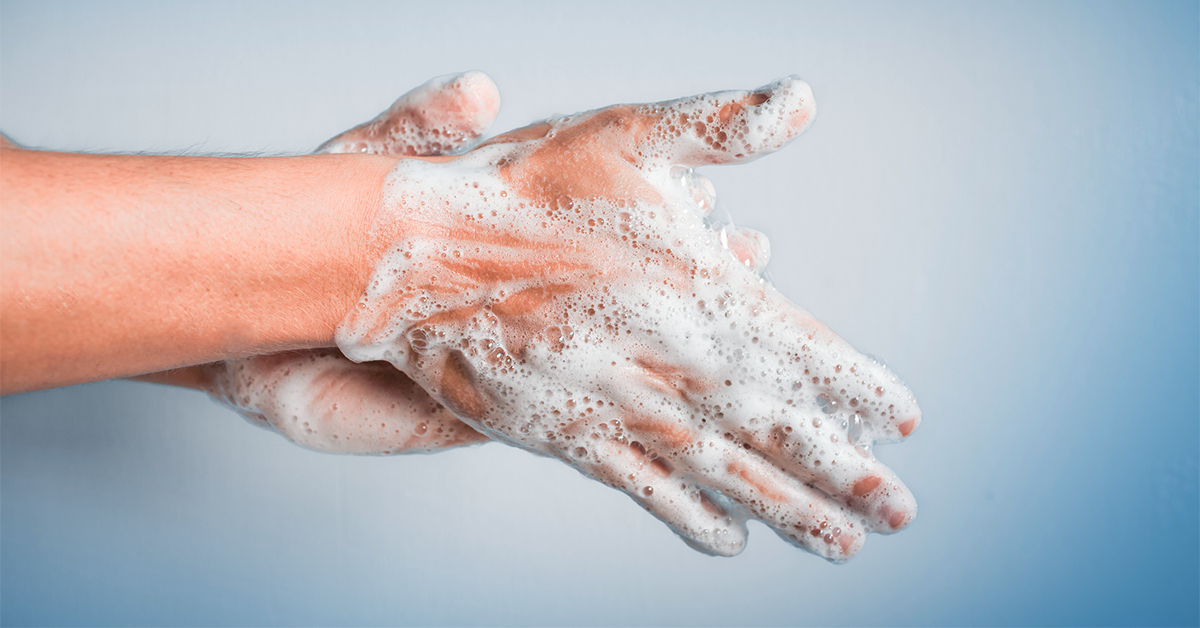

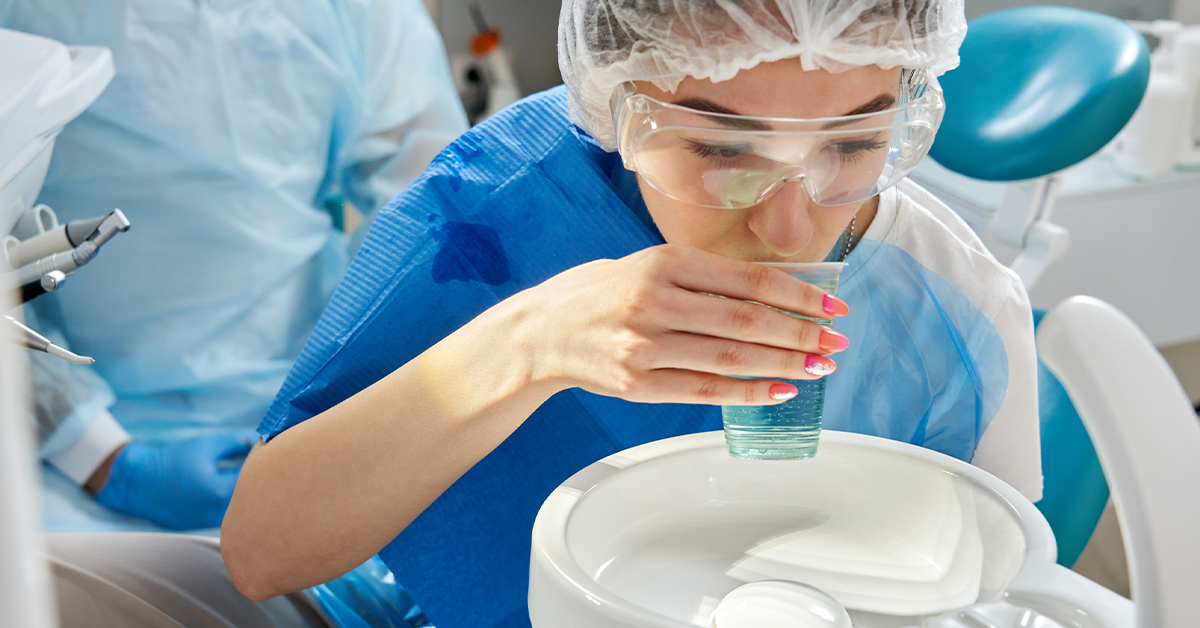
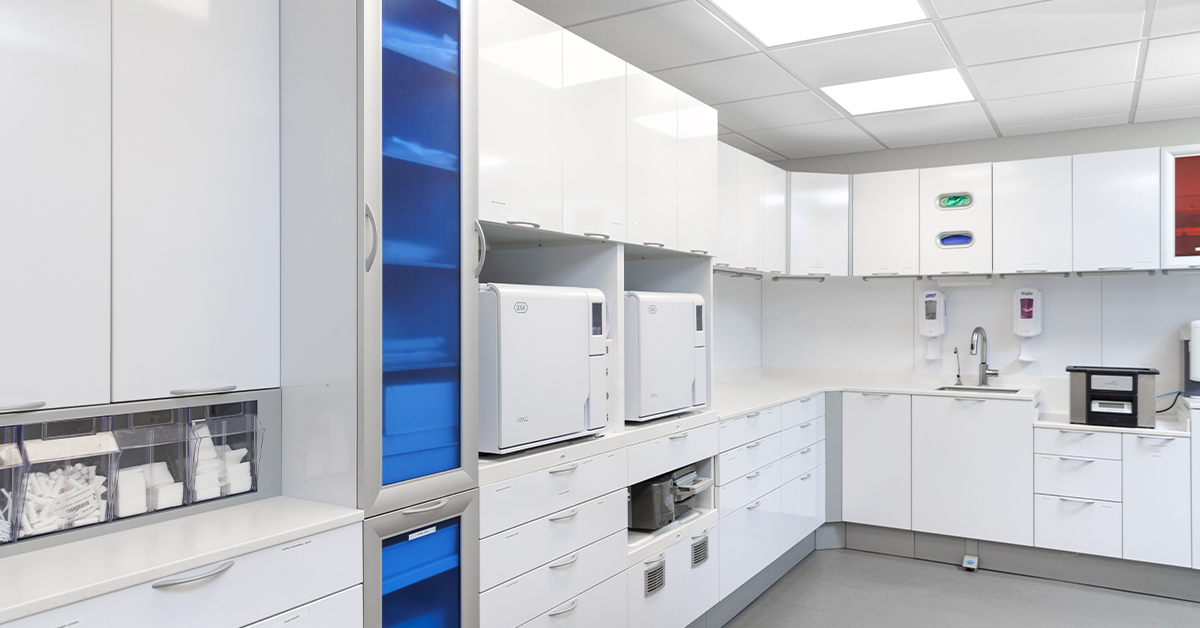
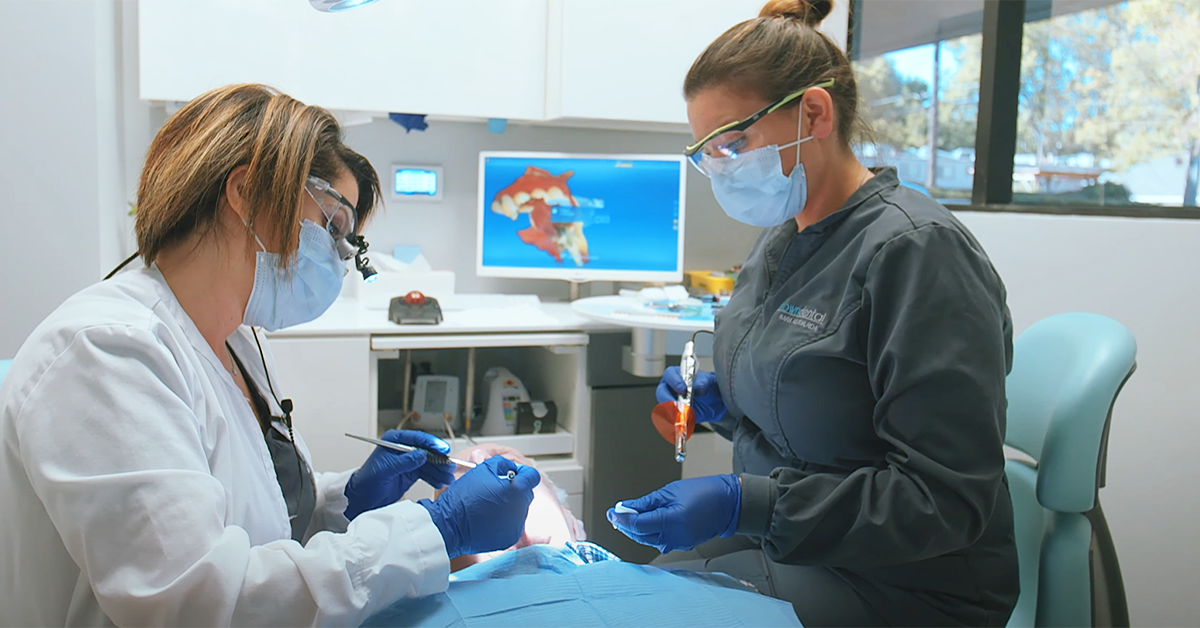
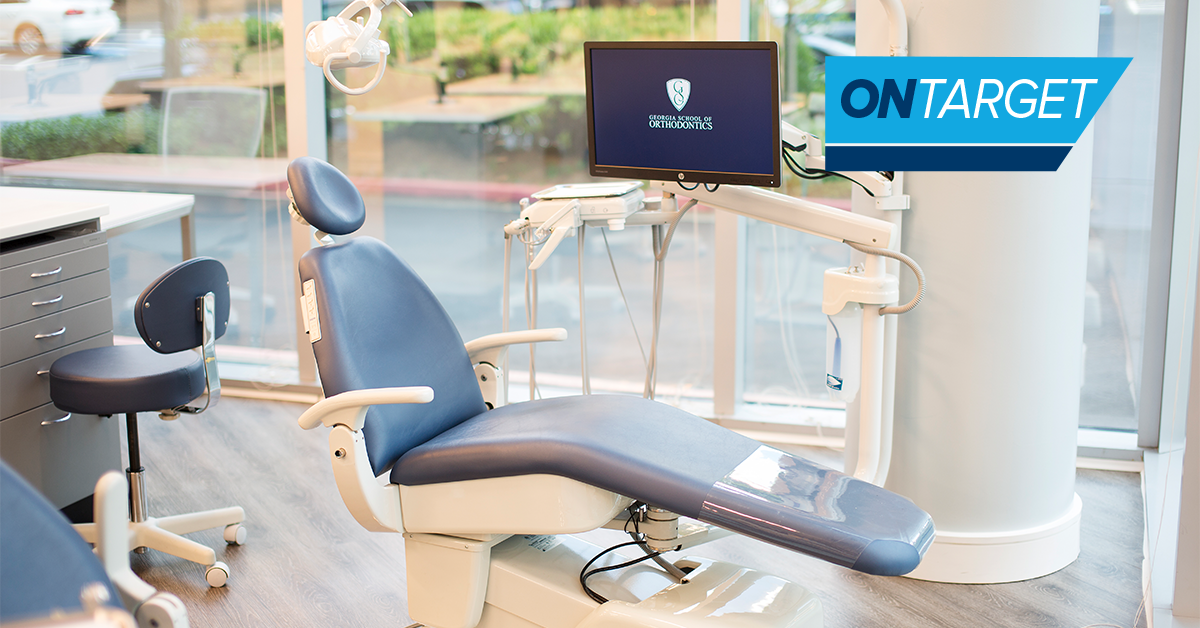
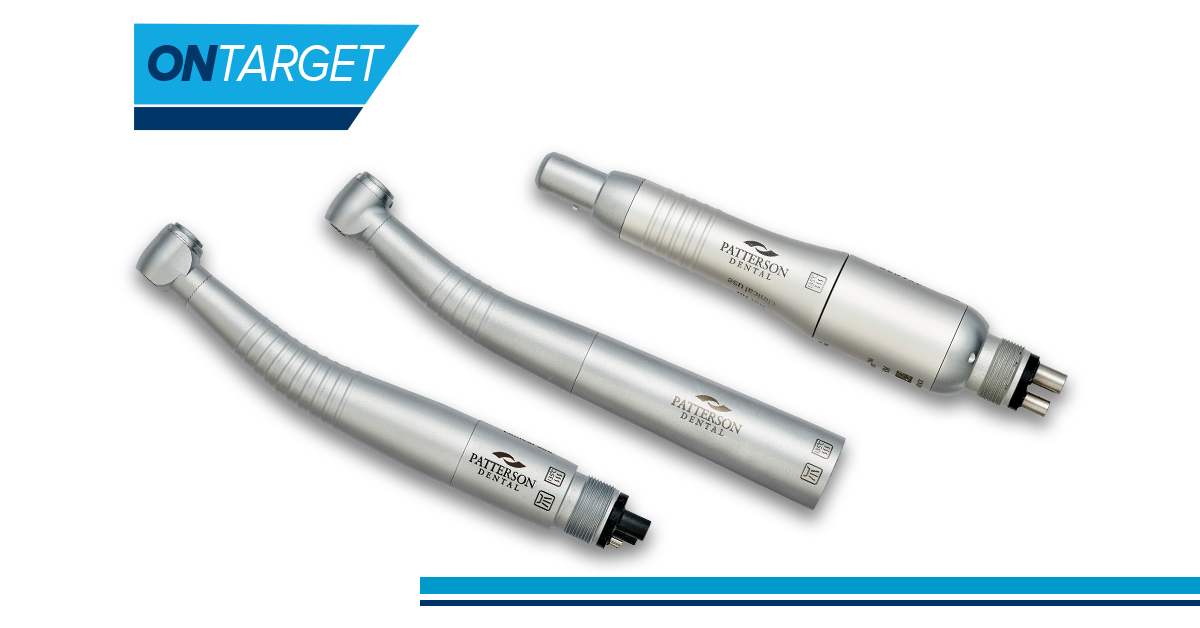
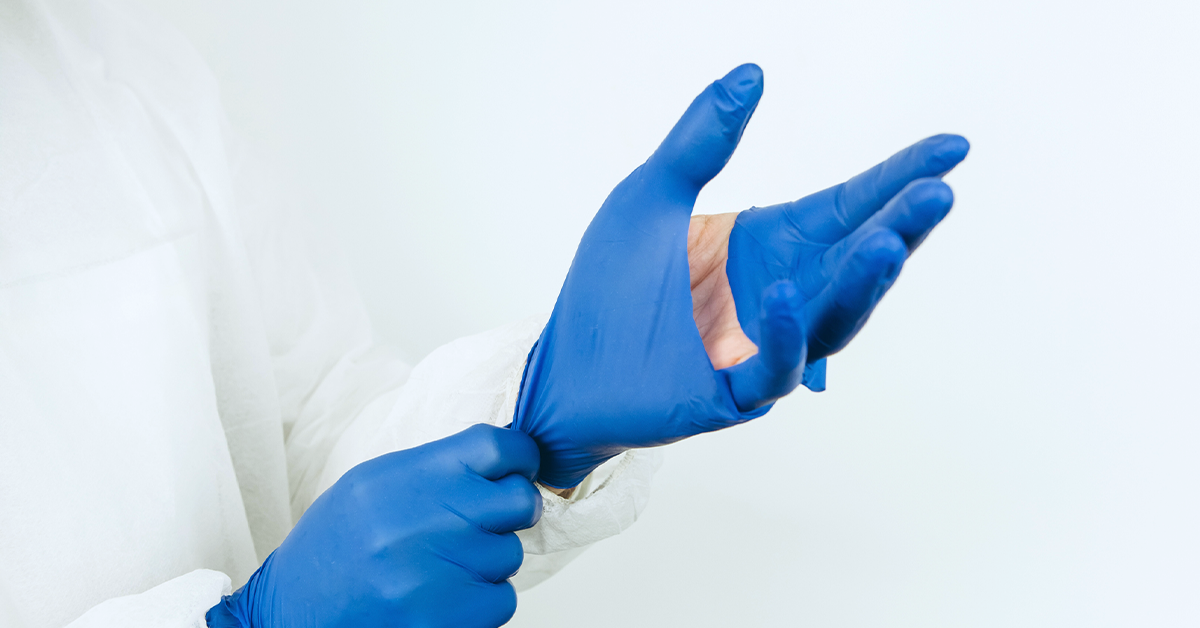



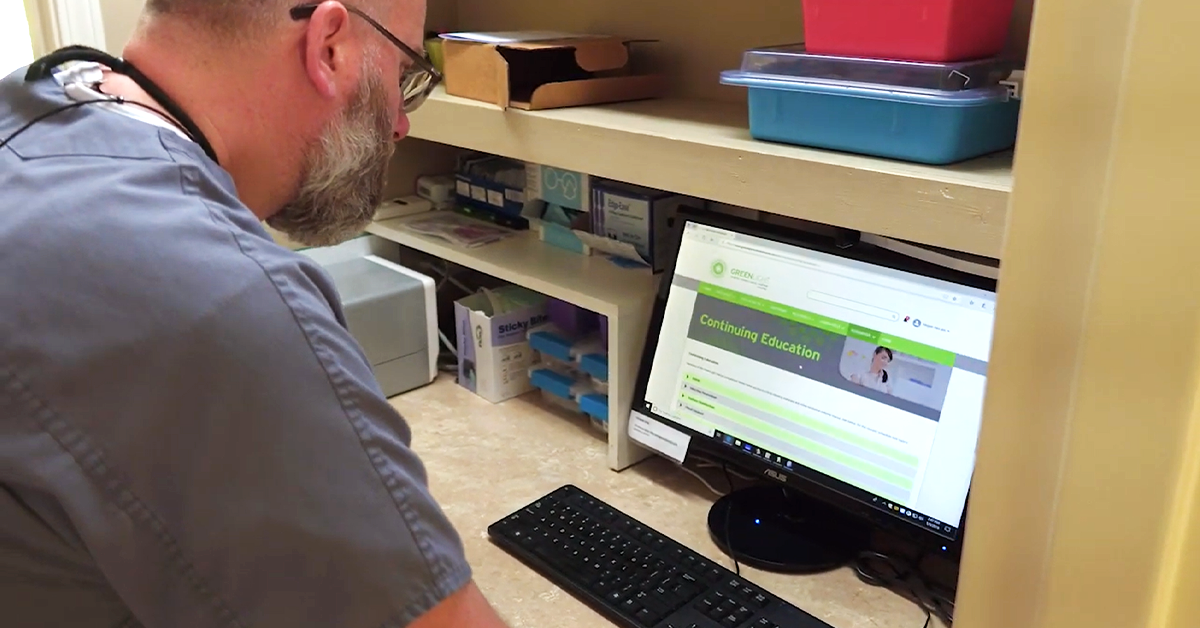

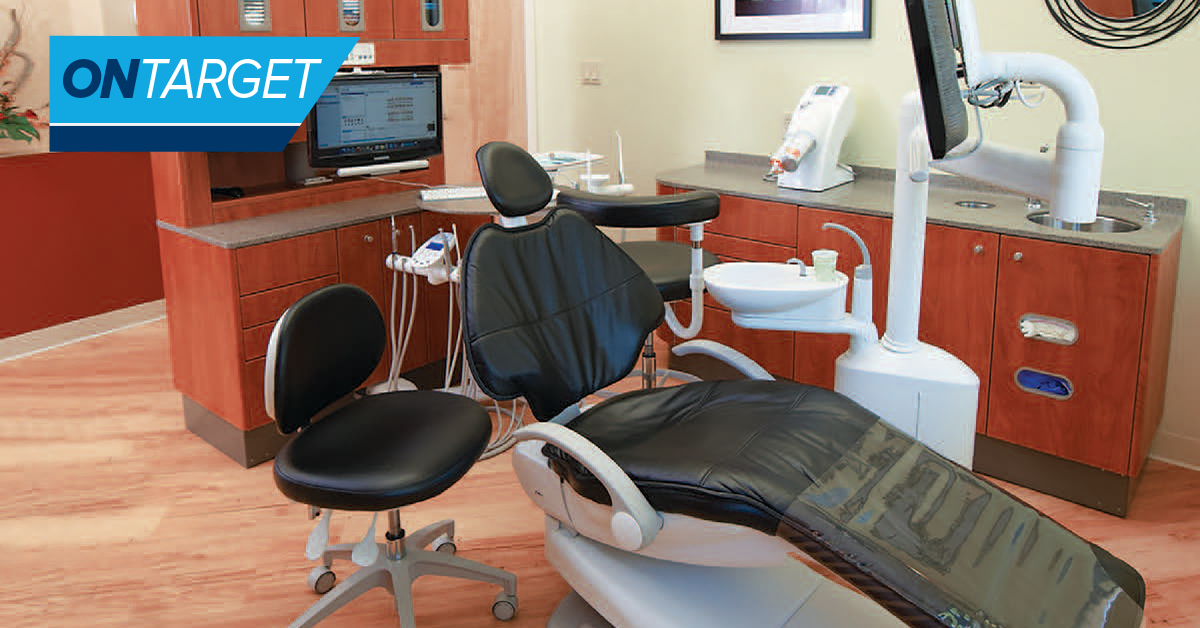
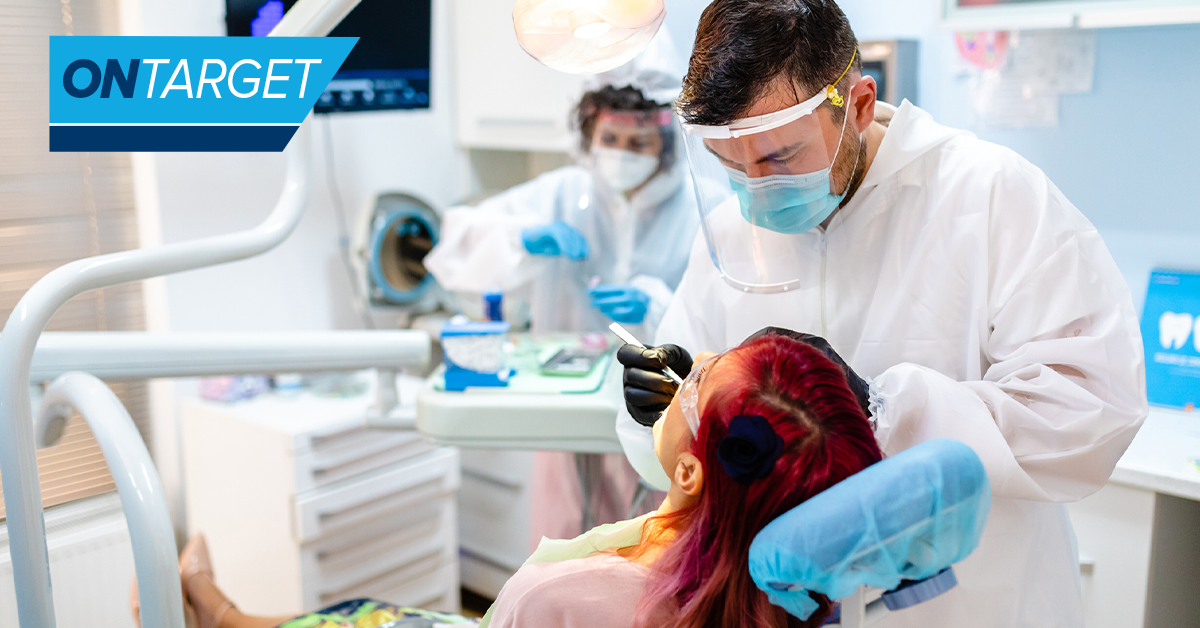
![Linda Harvey: 5 Common Denominators of Compliance [VIDEO]](https://www.offthecusp.com/wp-content/uploads/2021/02/Linda-Harvey-5-Common-Compliance-Denominators-1200x628-1.png)
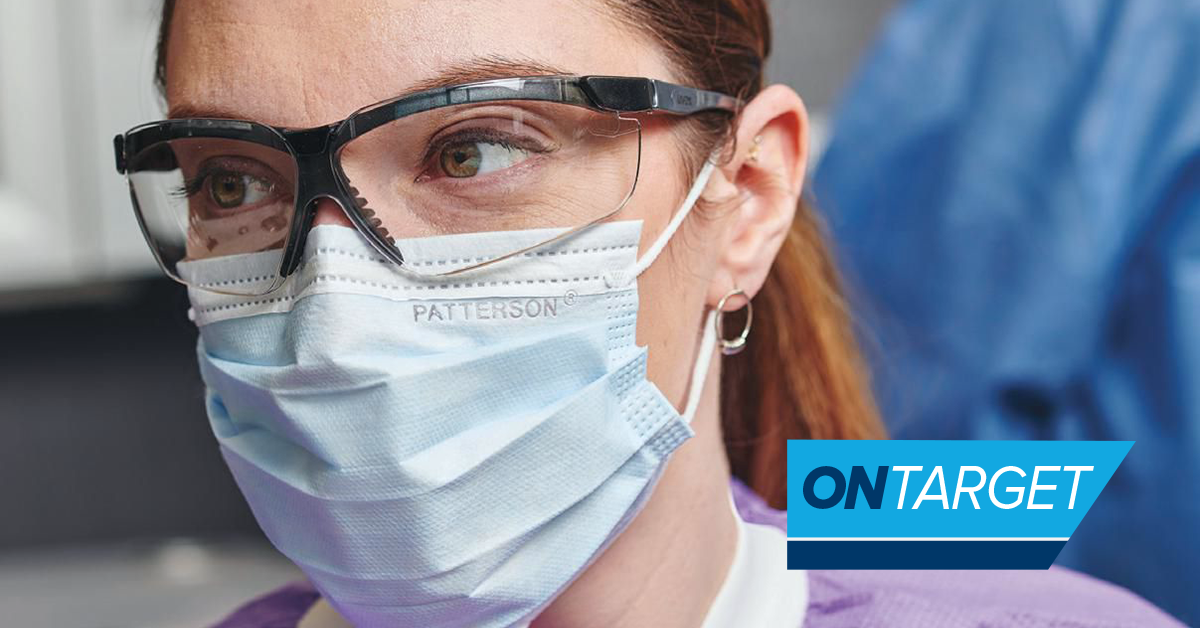
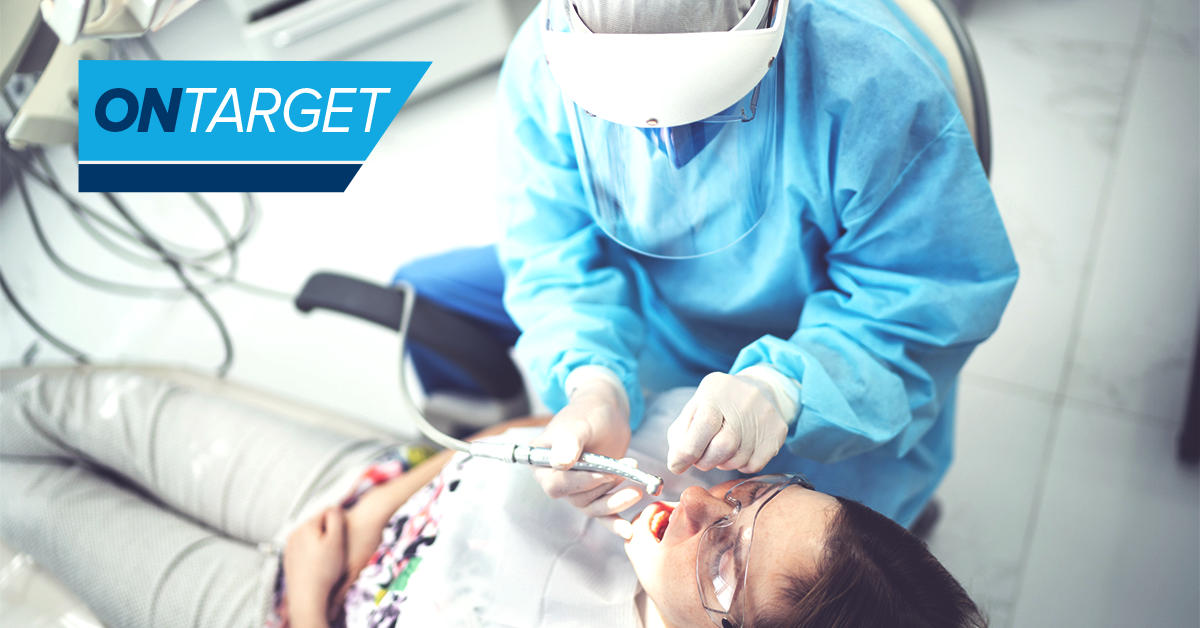
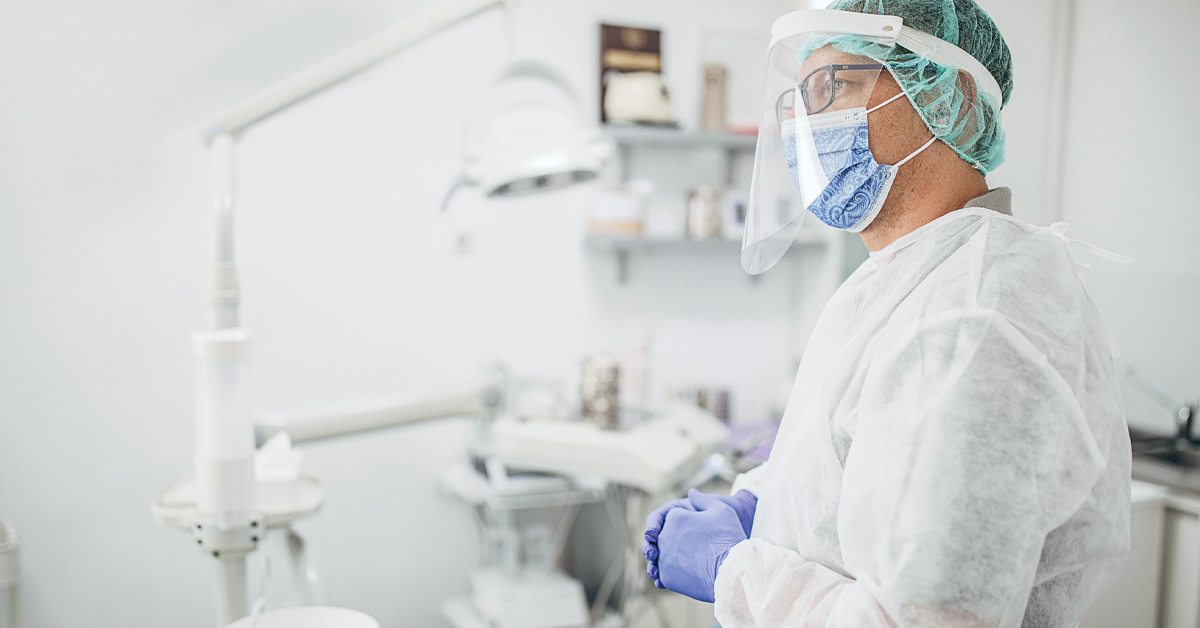
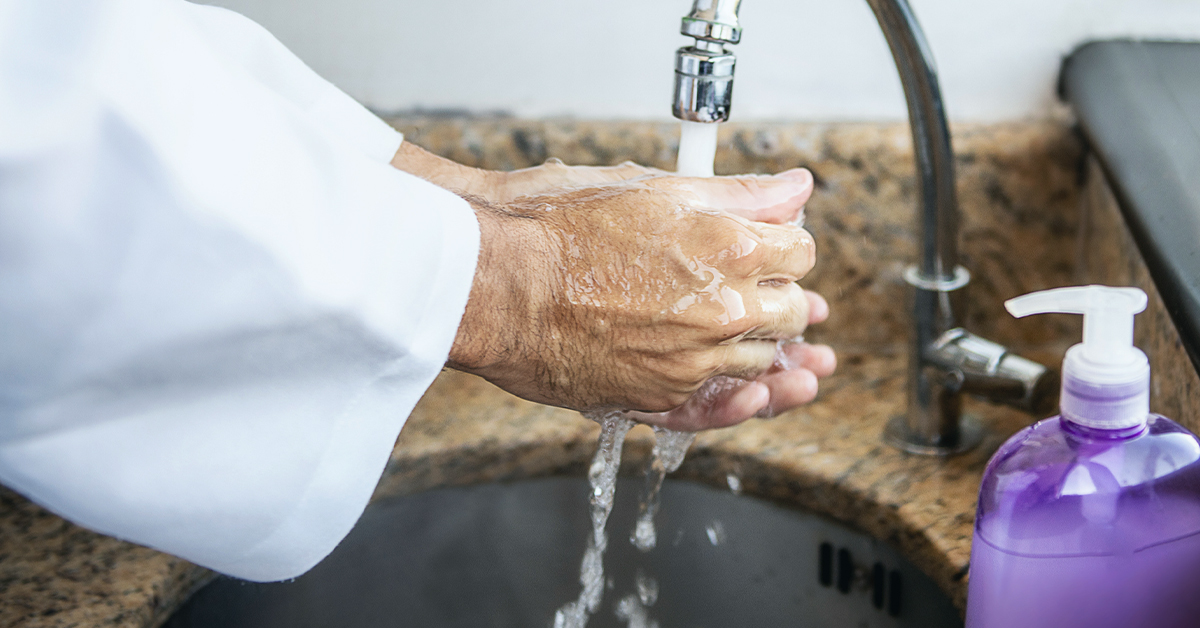
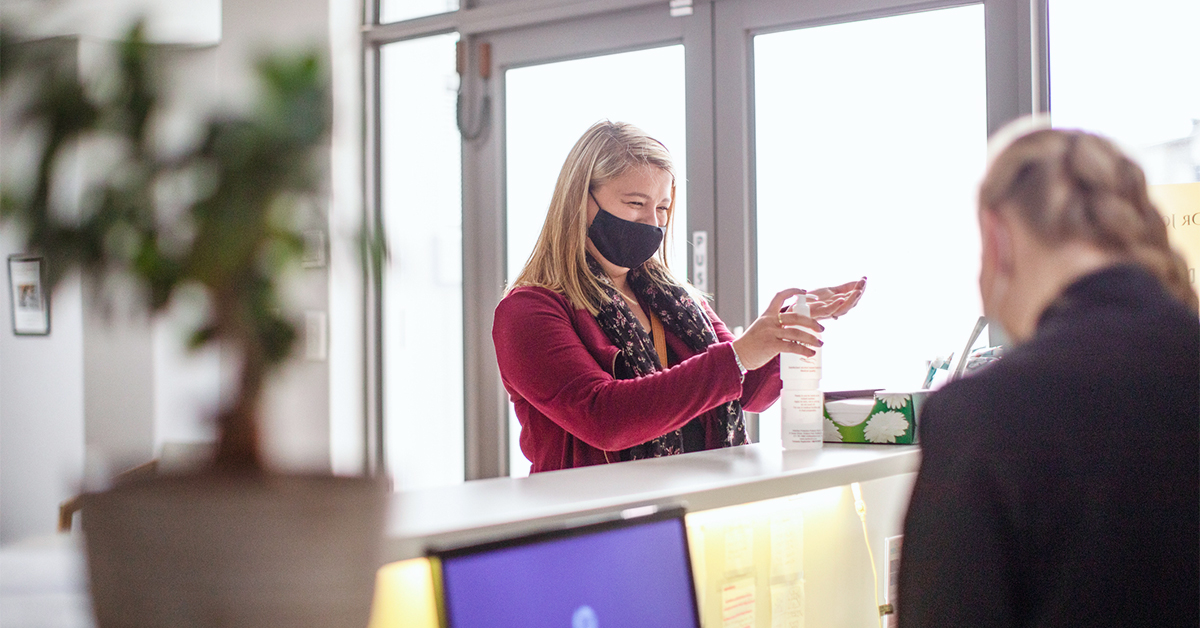
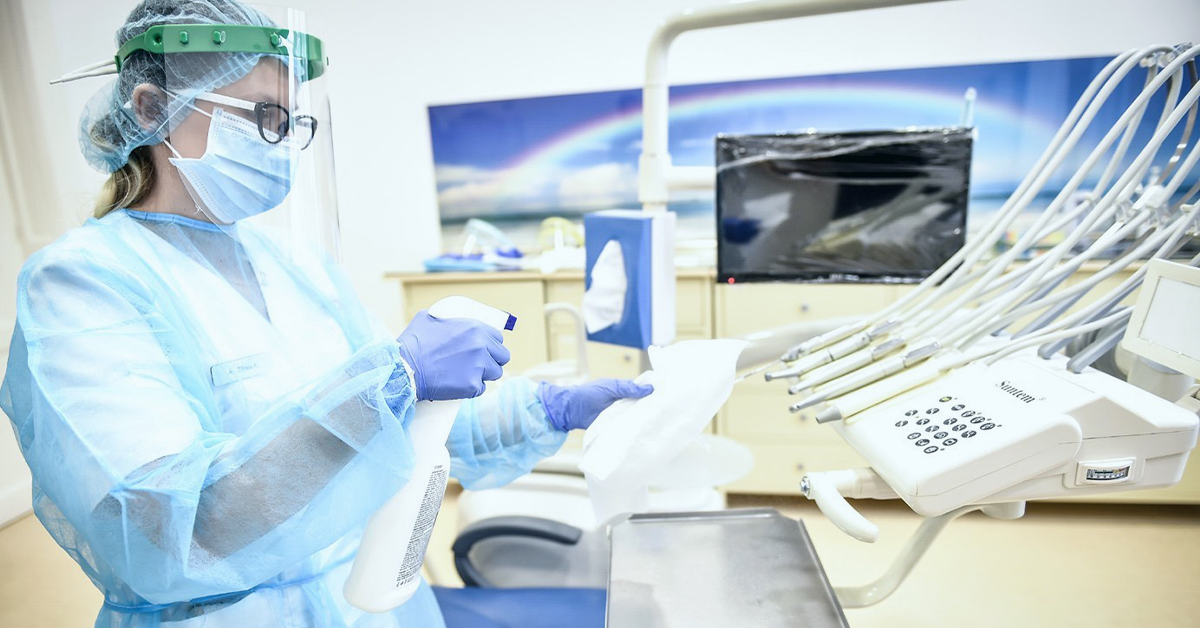
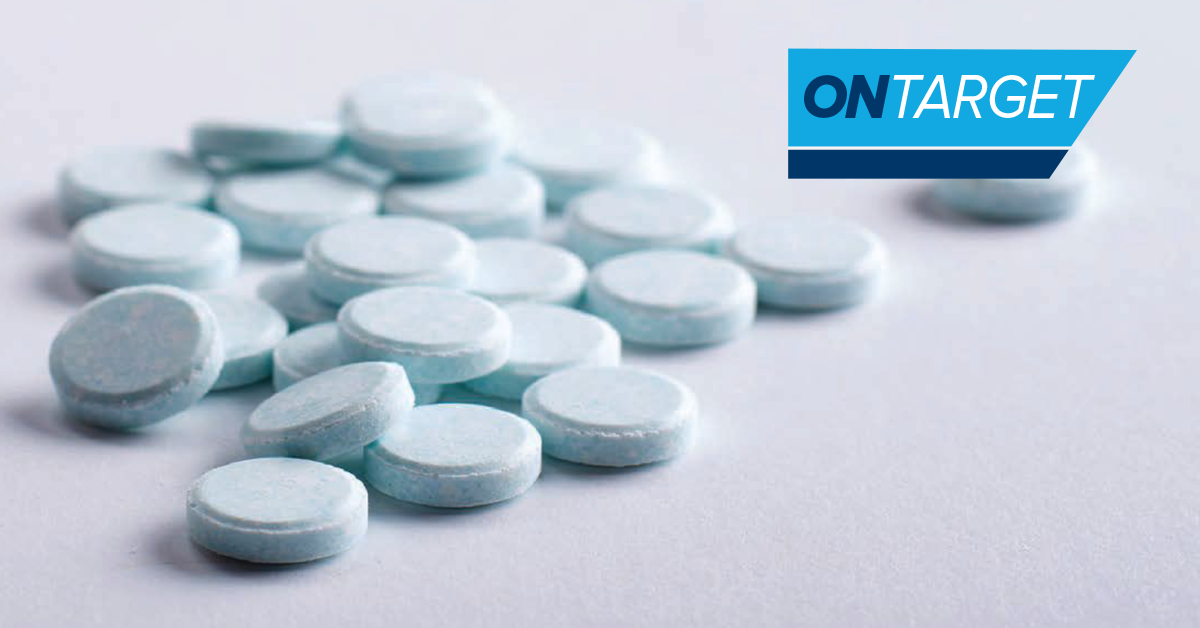
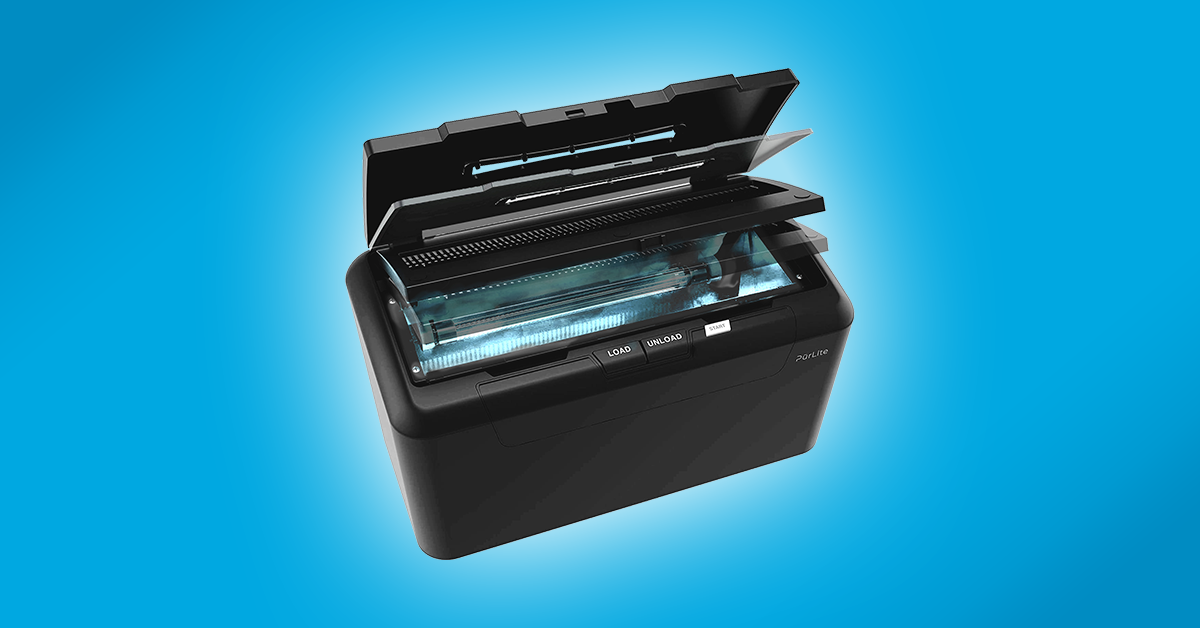
![The Three Ps for Infection Prevention [Audio + Resource Guide]](https://www.offthecusp.com/wp-content/uploads/2020/09/infection-control-1200x628-iStock-1253398698.jpg)
![A Quality Assurance Approach of Infection Prevention from OSAP [Part 2]](https://www.offthecusp.com/wp-content/uploads/2020/08/osap-infection-control-autoclave-dental-sterilization-1200x628-iStock-1025299028.jpg)
